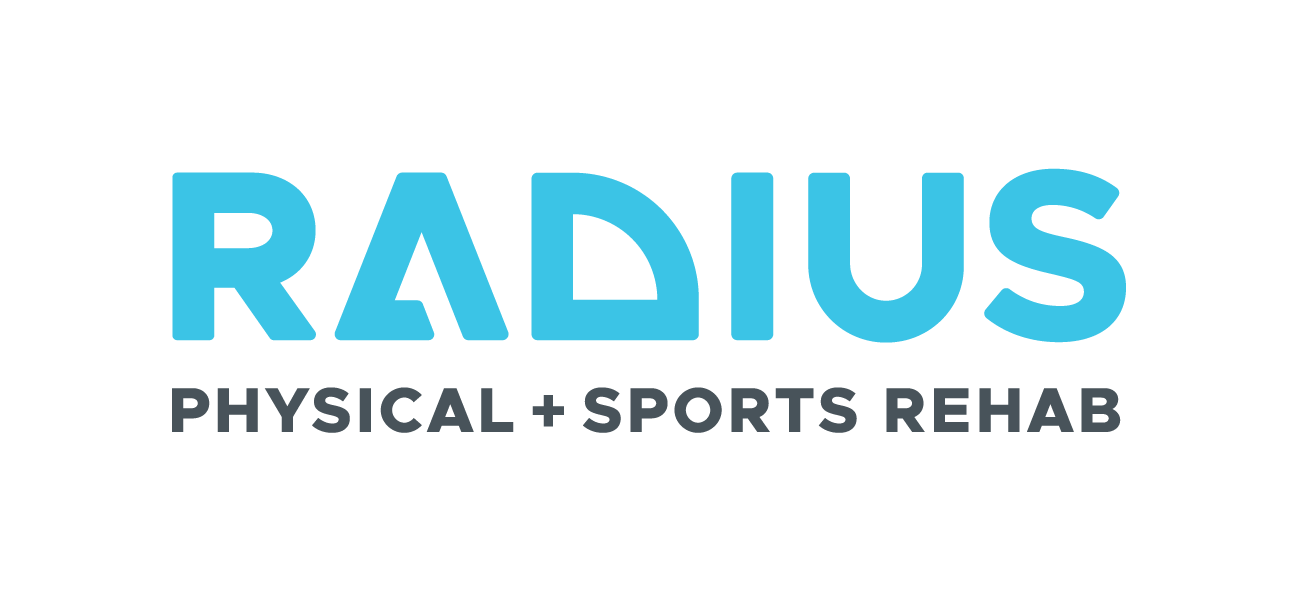Therapy & Treatment for Peroneal Tendinopathy
What is a Peroneal Tendinopathy?
Peroneal tendinopathy (formerly known as Peroneal Tendonitis) is an irritation of the peroneal tendons, usually due to overuse with inadequate recovery. As the tendons endure continuous work (from running, for example), they can suffer mild damage and become inflamed. This causes pain and swelling, and makes it difficult to continue exercise, or to walk or stand for extended periods of time.
The peroneal muscles are on the outside of the lower leg. The two main peroneal muscles (peroneal longus and peroneal brevis) have tendons that run behind the fibula, connecting to different parts of the foot. The brevis connects to the fifth metatarsal (little toe), the lognus wraps under the foot and attaches on the bottom of the arch.
Symptoms
A peroneal tendinopathy typically presents as pain or soreness in the back and outside of the lower leg and ankle. This pain tends to be greater with increased activity, and more acute when the ankle turns in or out. The affected area may experience swelling, or be warm to the touch. If the inflammation is severe enough, it can make the ankle unstable when bearing weight.
Causes
Dysfunction of the peroneal tendon occurs when the capacity of the tendon is outmatched by the load/demand placed upon it. This can be through overuse, or during a sudden increase in activity. Starting a new workout regimen can cause a tendinopathy, as can attending practices for a new sport. A tendinopathy can also arise as a consequence of poor training techniques, biomechanical imbalances, or improper footwear.
Risk Factors
There are a few circumstances that are associated with an increased risk of developing peroneal tendonitis.
Poor Foot Mechanics
People with an inability to control and stabilize the foot have an increased risk of developing a peroneal tendinopathy.
Training with Inadequate Rest
People who increase their training intensity without allowing for adequate rest and recovery will be at a higher risk of developing a tendinopathy, including one in the peroneal region.
Ankle sprains
Someone with a history of ankle sprains will have an increased risk. This is especially true when the individual fails to complete their rehab program when recovering from a sprain or similar injury.
Complications
If the individual ignores the pain of a peroneal tendinopathy, and continues to exercise through the pain, the tendon dysfunction will progressively worsen. The pain from this can lead to changes in gait mechanics, as the individual tries to avoid putting weight through that region. This can then lead to the development of other conditions, but will also increase the likelihood of having an ankle sprain or other acute injury.
How to Prevent Peroneal tendinopathy
If you are concerned about avoiding a peroneal tendinopathy, there are a few things you can do to lower your risk. Keep in mind, these suggestions are commonly held best practices, and can also lower your risk of other problems. In other words, they are worth your time.
Strengthen Your Foot/Ankle
Peroneal tendinopathy is a load management problem. Strengthening the peroneal muscle (and tendon) will allow this region to withstand greater loads (forces) placed upon it.
Wear Proper Footwear
Well-made shoes will support the foot and take some of the strain off of your peroneal muscles and tendons. Thus, you should be able to work out for longer without experiencing irritation. By distributing your weight evenly, the outside of your foot will not have to bear as much weight/load.
Gradual Changes in Workout Regimen
When making changes to your workout routine, slowly increase your reps or running distance. Your body needs time to adapt to these increases in distances/resistances/activities. Sudden increases will put a strain on your peroneal tendon, and as stated, if not enough recovery is given, this can result in a tendinopathy.
Diagnosis
Diagnosing a peroneal tendinopathy is best left to your health care provider. This includes a sports chiropractor, medical doctor, or physiotherapist. To diagnose someone with this condition, the healthcare provider will examine the person’s medical history and conduct an examination. An x-ray, ultrasound, or MRI may be used to rule out certain conditions.
Treatment
If you have a peroneal tendinopathy, current research has shown heavy, slow, resistance training programs, modifications to your daily activities/exercise regimes, and various manual therapy techniques, are the most effective management strategy. Ice can help alleviate pain for short term periods, but is not an adequate long term solution. Since this is a load tolerance issue, resting it may provide some relief of symptoms, but without changing the tissues ability to handle demands placed upon it symptoms will likely return.
Choosing Radius Physical + Sports Rehab for Peroneal Tendinopathy Treatment
If your doctor has diagnosed you with tendonitis, or if you are suffering from ankle pain and you’re not sure why, call our office to set up an appointment. Our staff are experts in musculoskeletal rehabilitation, and will be able to evaluate your injury and give you a complete profile of your situation. We work with your doctors to create an effective plan to get you back to 100%.
We have locations in Grass Valley and Roseville, and we serve people all over Nevada, Placer, Sacramento, and El Dorado Counties. Call or stop by today and set up an appointment. We’re ready to help you with your recovery.




